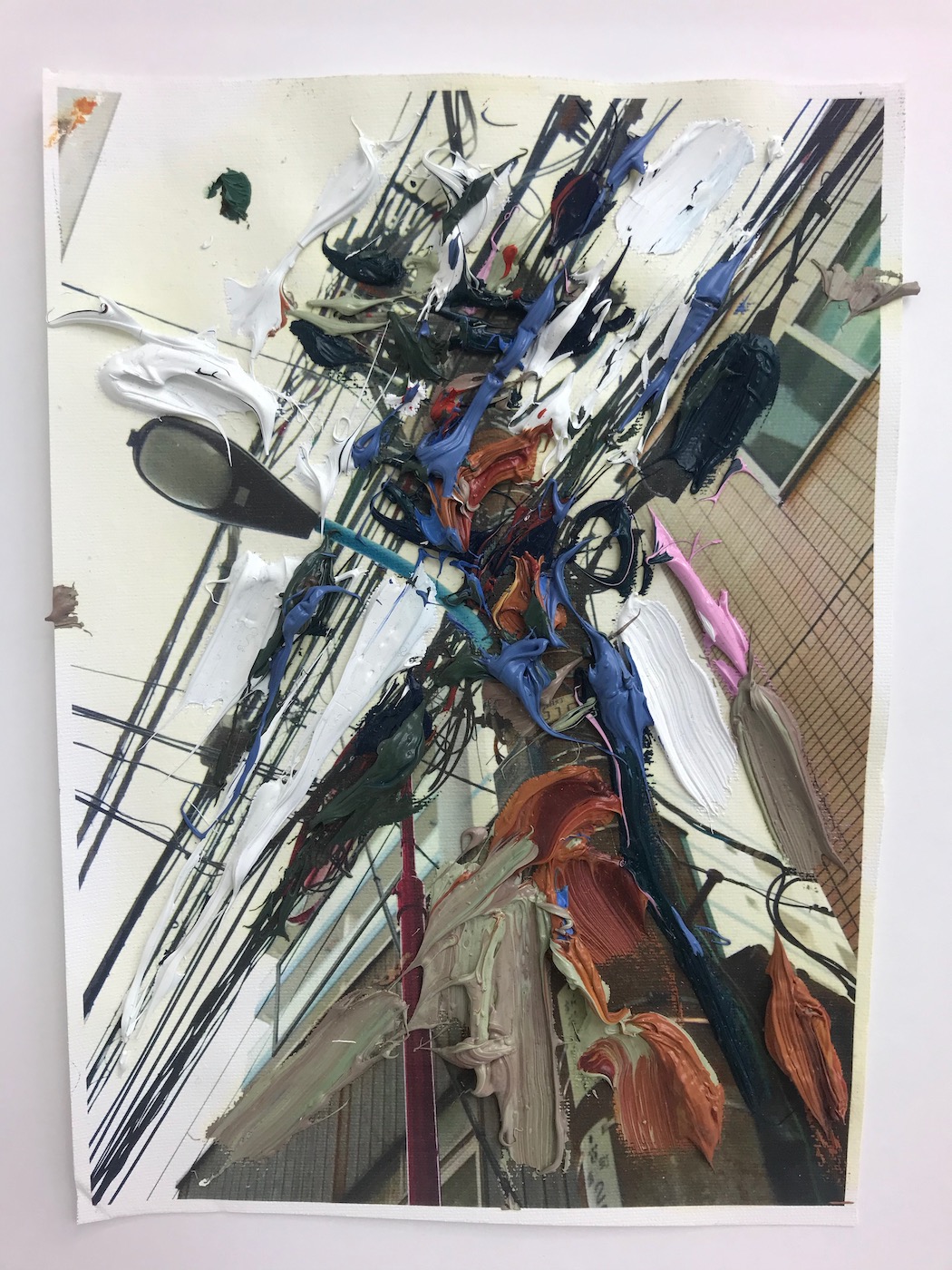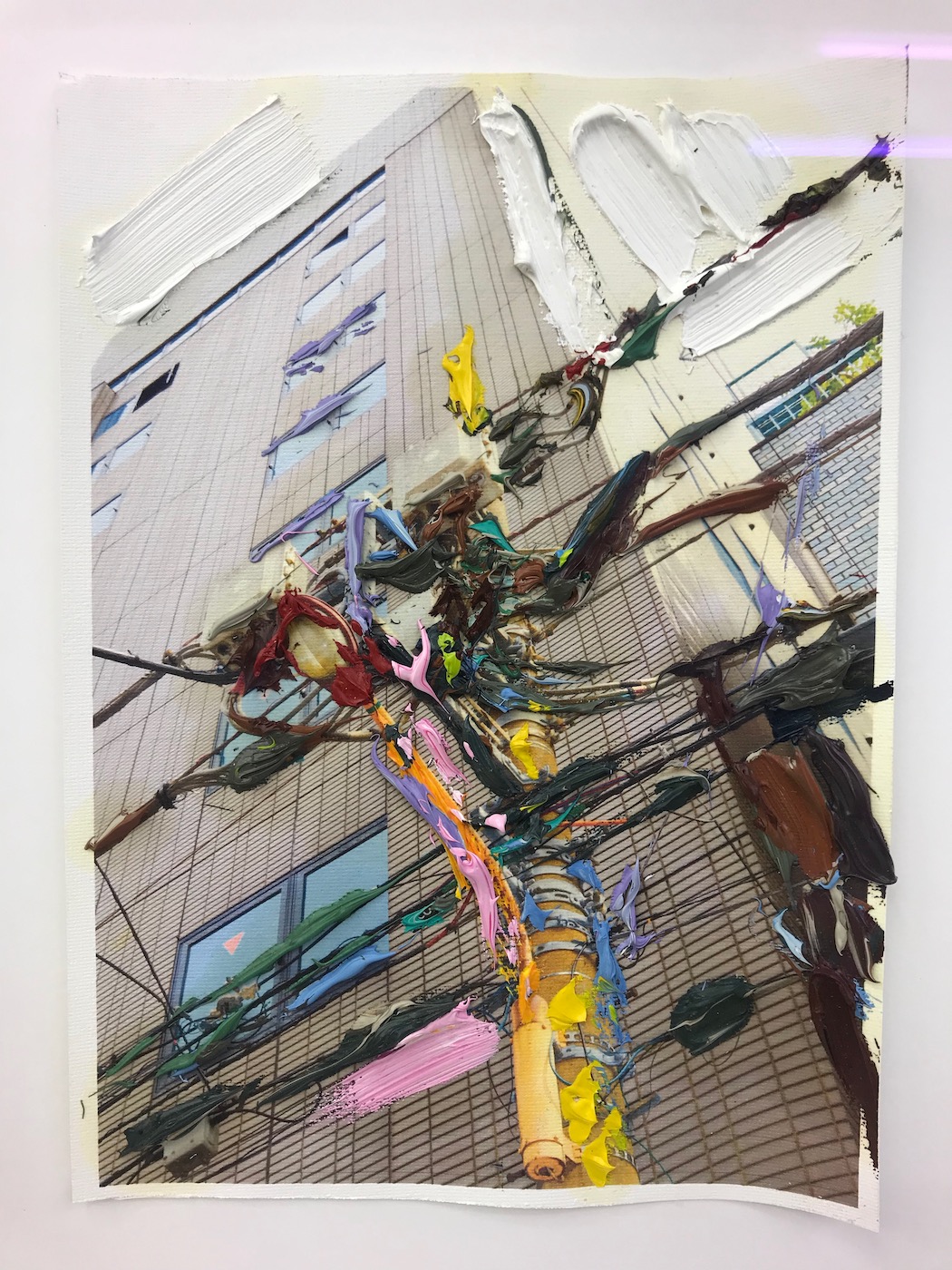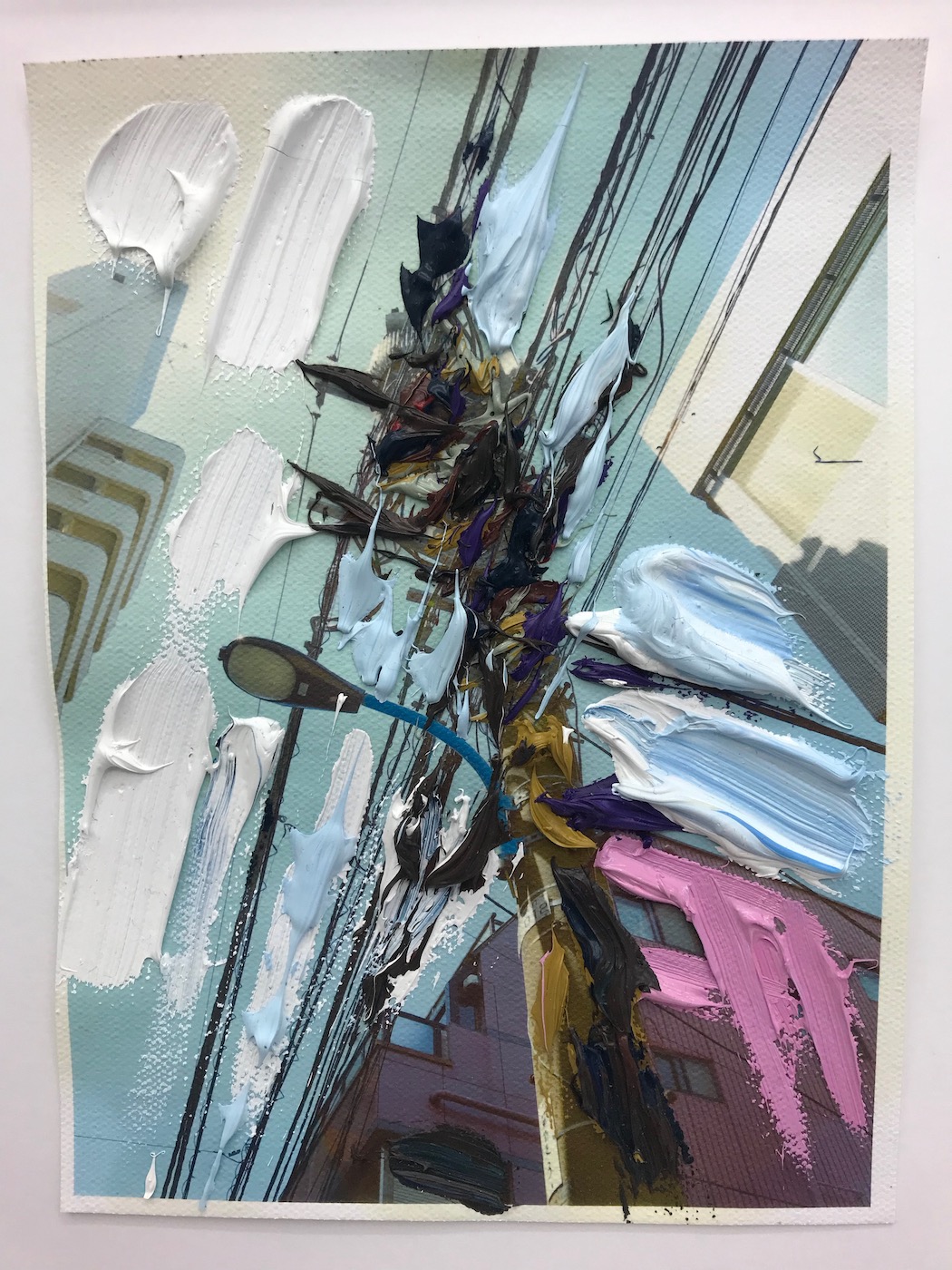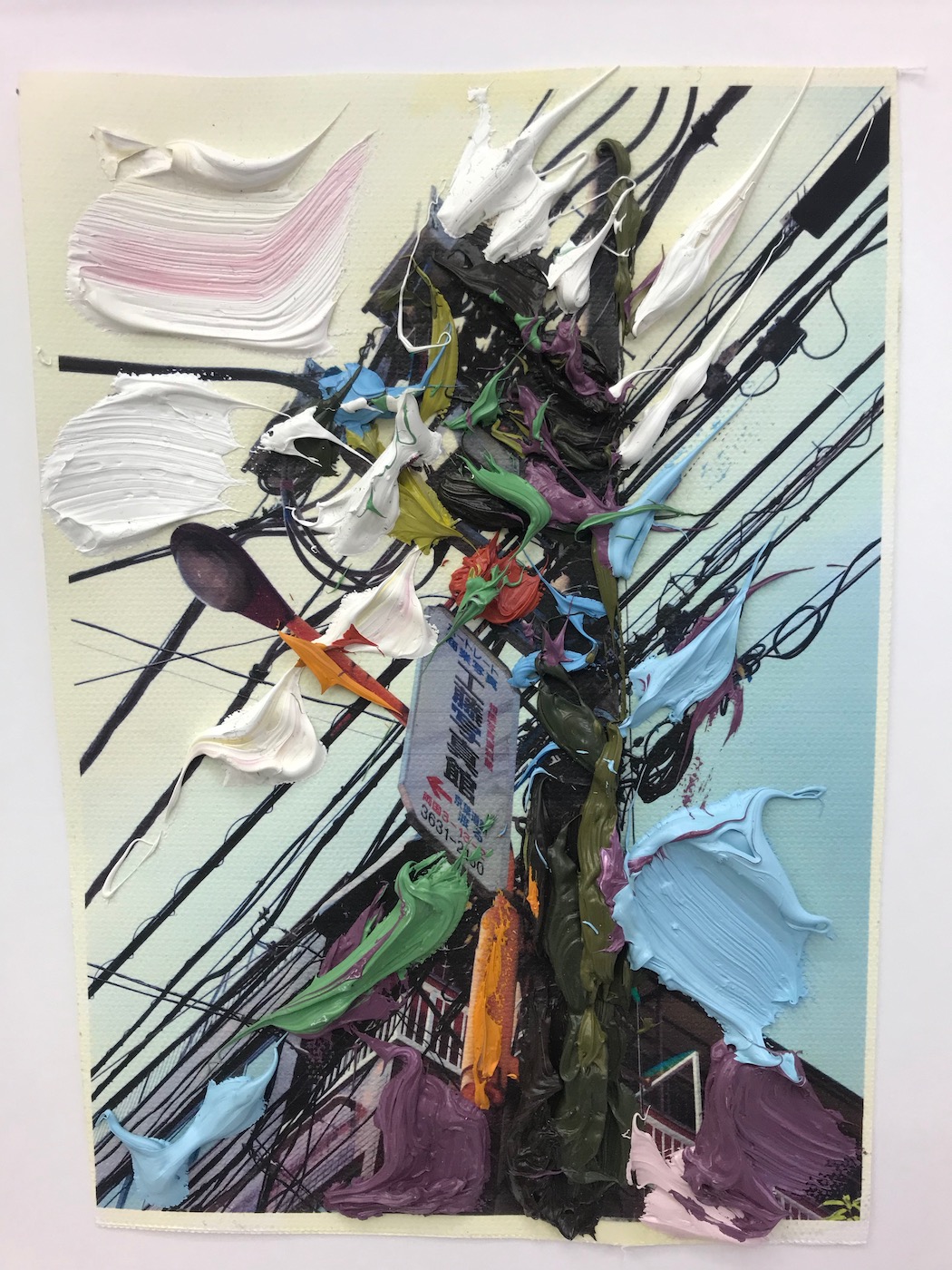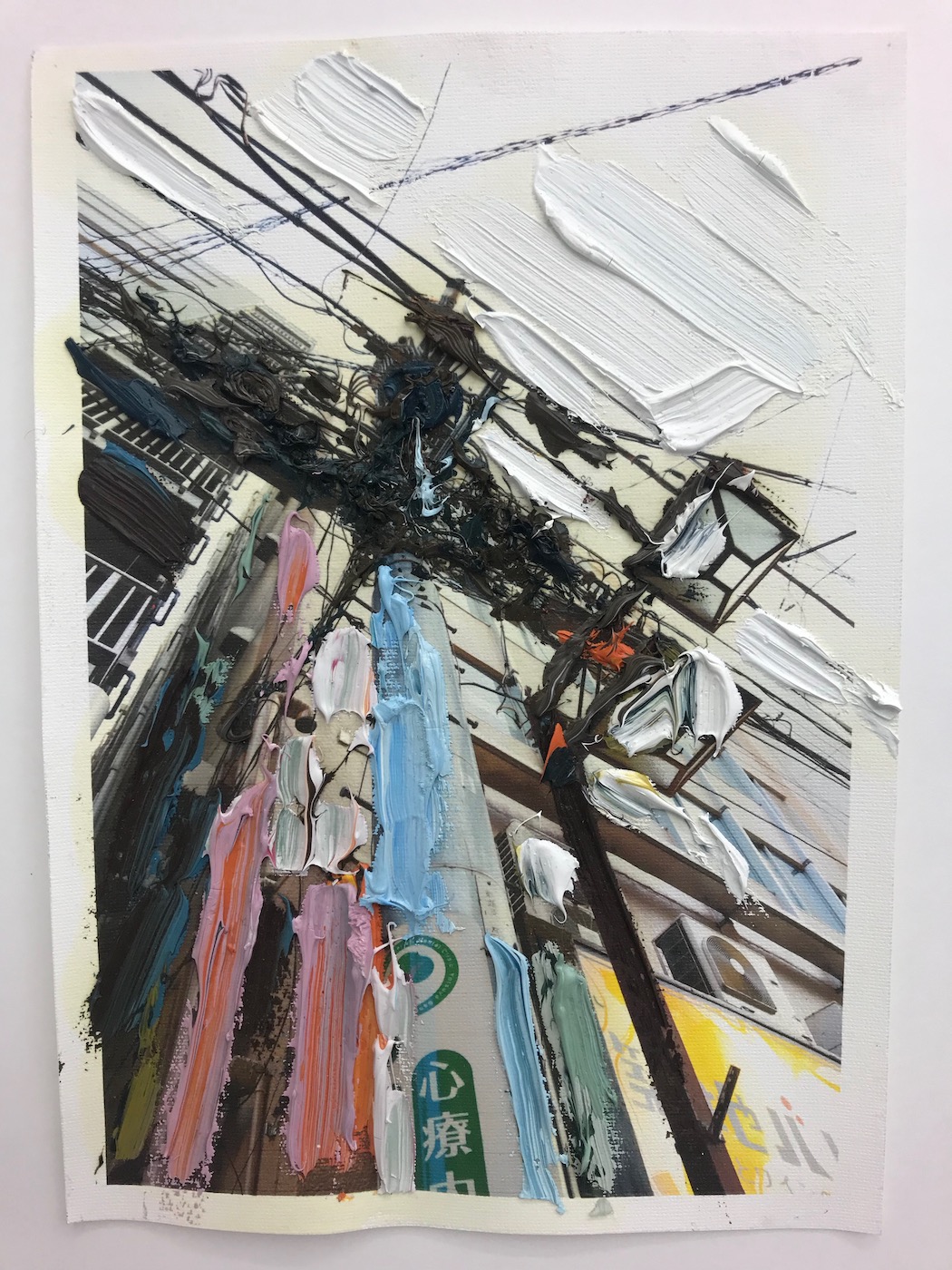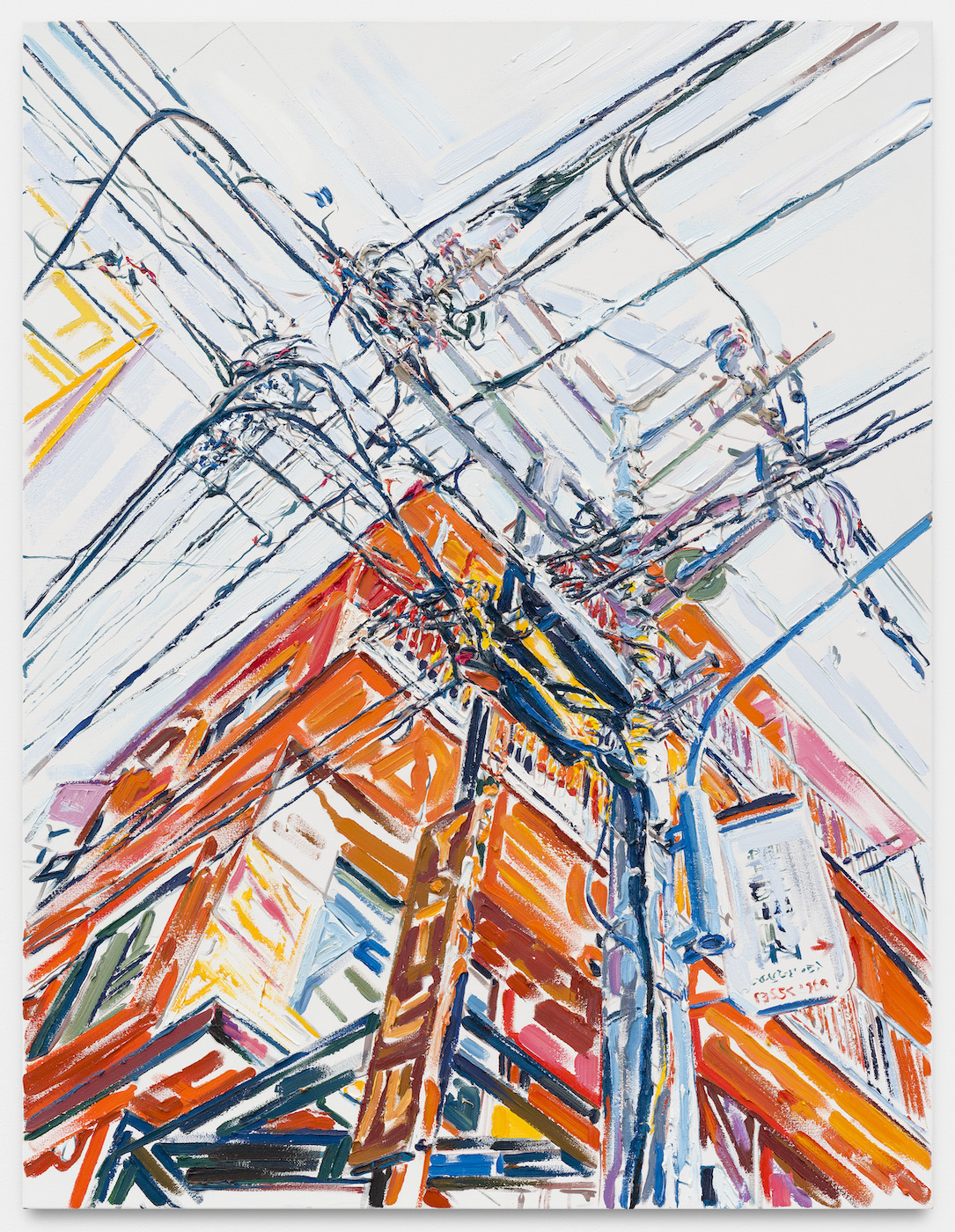Erik Schmidt
CV
| *1968 | Herford |
| 1998–2000 | Hochschule der Künste Berlin |
| 1992–1997 | Fachhochschule Hamburg, Abteilung für Design, Illustration/Malerei |
| Lives and works in Berlin |
Solo exhibitions
| 2019 | Fast Undurchsichtig, Sammlung Glampe, Berlin |
| The Only Way is Up, carlier | gebauer, Berlin Folge den Markierungen, Kunst- und Kulturforum, Herz- und Diabeteszentrum NRW, Bad Oyenhausen | |
| 2018 | Further in and further out, Galerie Krinzinger, Vienna |
| Erik Schmidt, Jochen Hempel, Leipzig | |
| 2016 | Rays around you, carlier | gebauer, Berlin Cut/Uncut, Galerie Krinzinger, Vienna |
| 2014 | Erik Schmidt | Blank, carlier | gebauer, Berlin |
| 2013 | Downtown, Leopold-Hoesch-Museum, Düren |
| 2012 | Downtown, Haus am Waldsee, Berlin |
| 2011 | Erik Schmidt. Films & Paintings, Galerie der Stadt Backnang, Backnang |
| 2010 | Bogged Down, Galerie Krinzinger, Vienna |
| Many-faceted Thing, Hoet Bekaert Gallery, Ghent, Belgium Sechs Tage bleibt er noch, Kunst-Station St. Peter, Köln | |
| Perusing the Scenery, Praz-Delavallade, Paris | |
| Erik Schmidt, Kunstverein Kreis Gütersloh, Gütersloh | |
| 2009 | Right to Roam, Galeria Soledad Lorenzo, Madrid, Spain 2008 Working the landscape, carlier | gebauer, Berlin |
| As above is so below, Elizabeth Dee, New York City |
Group exhibitions
| 2021 | ongoing schmidt pick |
| a group exhibition following an invitation by Erik Schmidt in collaboration with Claudia Rech | |
| 2020 | Retour, Provinz Editionen, Bochum |
| Sehnsucht & Fall, Sammlung Wehmhöner, Kunstsaele Berlin | |
| 2019 | From Hand to Mind, carlier | gebauer, Berlin |
| Postcard Reloaded, Kunstraum Potsdam, Potsdam | |
| Passion. Bilder von der Jagd, Bündner Kunstmuseum, Chur, Switzerland Globe as a Palette; Contemporary Art from The Taguchi Art Collection (Obihiro), Hokkaido Obihiro Museum of Art, Hokkaido, Japan | |
| 2018 | Nachts allein im Atelier V, Evelyn Drewes | Galerie, Hamburg |
| 2017 | Taguchi Art Collection, WOODONE Museum of Art, Hiroshima, Japan Cuestiones personales, Collection Soledad Lorenzo, Museo Nacional Centro de Arte, Reina Sofia, Madrid, Spain |
| ICON, Galerie Krinzinger, Vienna | |
| Dr.N und die suche nach der Quadratur des Kreises, Bernhard Knaus Fine Art, Frankfurt/Main | |
| SMALL – an exploration of miniature, Sexauer Gallery, Berlin. Curated by Juliet Kothe and Annika von Taube Picha/Bilder – Zwischen Nairobi & Berlin, me Collectors Room, Berlin | |
| 2016 | Come-in. Interieur als Medium der zeitgenössischen Kunst in Deutschland, National Gallery of Modern Art, Mumbai, India In Formation, Sexauer Gallery, Berlin |
| 2015 | Enter the Void, Pop-up Bülowstrasse, Berlin Paarweise, Neue Werke in der Sammlung Marta, MARTa Herford, Herford |
| Jäger & Sammler in der zeitgenössischen Kunst, Villa Merkel, Esslingen am Neckar | |
| IN SITU, Jason Mccoy Gallery, New York City, NY, USA | |
| 2014 | Come-in, Interieur als Medium zeitgenössischer Kunst in Deutschland, Fábrica de Santo Thyrso, Santo Tirso, Portugal Fragen Wagen - Zusammenstöße mit der Sammlung Marta, MARTa Herford |
| Jäger & Sammler, Museum Morsbroich, Leverkusen Rohkunstbau XX – Revolution, Schloss Roskow, Roskow |
Texts
Skyscanner
The electric eel is not an eel at all, it is only called that because it looks like one. However, one should not be deceived by the appearance of the electric eel. The fact that this animal is capable of generating surges of up to 860 volts, which could put a full-grown human being out of action, is certainly not apparent.
The fact that it is often impossible to reconcile what a thing looks like and what you see in it is as confusing as it is stimulating - and the reason why art still exists. Why there are still arts. At first, photography was so nerdy about "what a thing looks like" that painting had to ask itself seriously for a while whether it could still be trusted in view of its tendency to load even the most realistic representations with invisible particles of meaning, whereupon it defiantly took its leave into non-objectivity - only to really get back at photography with photorealism at the latest. The latter also indulged here and there in non-objectivity, but never became as good at it as painting. No wonder, since photography is fundamentally inferior to painting, similar to the electric eel to the normal European eel, which cannot send electric shocks, but has one of the most spectacular life cycles of the animal kingdom, in that it follows a genetically inscribed circuit diagram: It spawns in the Sargasso Sea near the Bahamas, then travels thousands of kilometers across the sea, lives for quite a long time, up to 50 years, in European freshwater, and returns to its birthplace to spawn and die.
By the way, there are surprisingly many people who know nothing about eels. If they were to look at an eel and an electric eel at the same time, they might have some idea which animal is Electrophorus and which is Anguilla. They might even like one of them better, but after a while they wouldn't be so sure and might despair at their inability to evaluate things that look the same but are completely different. Transferred to the arts, it is very reassuring that photography is so inferior to painting that there would never be any doubt in the evaluation. The inferiority even applies literally: let's assume that a painter had the idea of combining painting and photography in one and the same work (but why would a painter have such an idea and deliberately want to contaminate the superiority of his medium), he would use photography as a base for the application of paint, not vice versa.
The conundrum about the distinction between eels and electric eels works, by the way, with every thing we think we know or recognize, even with power poles, just to grab some thing out of the air. Or - and now it gets really exciting - with nothing. Because how do you recognize nothing? It's completely absurd, but whenever you see nothing, you see something. Often even more than when you see a thing. Provided that one can relate this nothing with something. From this point of view it is good if the nothing is not alone in the picture. But in connection with a thing, which one can tap as a source, in order to charge it. Eels or electricity pylons are not exactly among the most popular subjects, even if they are more common in photography than in painting. Yet especially with power poles, the thing about charging nothingness would work great. For example, if you were to depict them from below, so that your gaze would follow them upwards and be guided into the sky, and if you then simply left the sky empty, painted nothing there? Then nothingness would be such a thing that you could look at anything you wanted. And then it wouldn't really matter how big or small it was, whether you saw an electric eel in it or an eel, photography or painting. It would not be material, but essential. It would be the essence of art.
Anika von Taube

